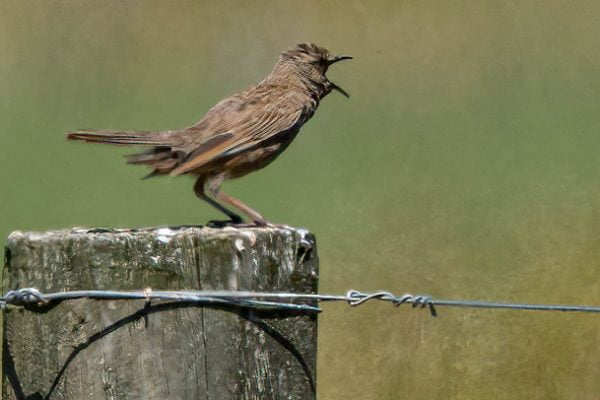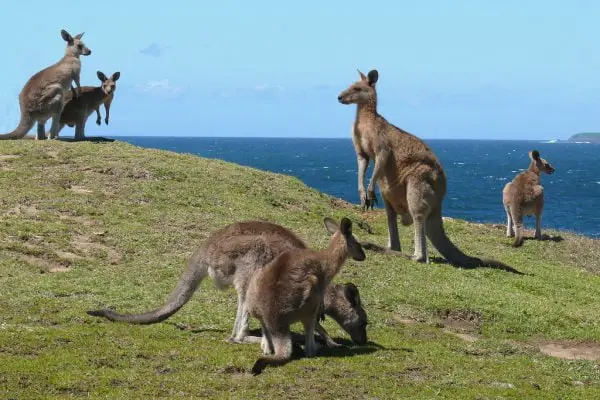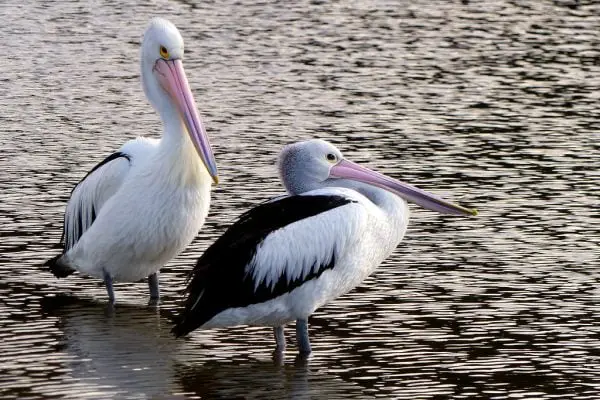Otters, with their playful antics and captivating sleekness, have captured the hearts of humans for centuries. These fascinating semi-aquatic mammals, inhabiting diverse ecosystems worldwide, exhibit remarkable social behaviors. Beyond their captivating presence lies a fascinating layer of language – the diverse collective nouns used to describe them, offering a glimpse into their social dynamics and the complexities of their world.
Collective Nouns for Otters
Unlike some animals with singular collective nouns, otters boast a rich vocabulary, each term reflecting the specific context and group dynamics:
- Romp: This widely used and playful term signifies a group of otters engaged in playful and energetic behavior, often in water. It evokes a sense of joy, camaraderie, and the boundless energy that these creatures possess.
Example: As the sun dipped below the horizon, casting an ethereal glow upon the lake, a romp of otters playfully chased each other, their sleek bodies gliding through the water with remarkable agility. Their joyful vocalizations and playful interactions filled the air, highlighting the importance of play in their social bonds and development.
- Family: This term, emphasizing close kinship and unity, describes a group of otters belonging to the same family unit. It evokes a sense of strong familial bonds, cooperative care for young, and the nurturing nature these animals exhibit.
Example: Nestled in a cozy den burrowed into the riverbank, a family of otters huddled together for warmth. The playful nips and gentle grooming behaviors observed between the parents and their pups showcased the strong family bonds and nurturing instincts that are crucial for their survival and development.
- Lodge: This term, implying a shared dwelling, describes a group of otters residing in the same den or resting place. It evokes a sense of shared space, communal living, and the importance of shelter within their social structure.
Example: As the first rays of dawn painted the sky with hues of orange and pink, a lodge of otters emerged from their den, their sleek fur glistening with morning dew. Their coordinated movements and shared living space highlighted the importance of communal living and cooperation within their social groups.
- Raft: This term, evoking a sense of floating together, describes a group of otters resting or traveling on the water’s surface, often close together. It evokes a sense of shared journey, companionship, and the ease with which they navigate their aquatic environment.
Example: As the gentle current carried them down the winding river, a raft of otters drifted peacefully, their bodies intertwined and vocalizations creating a soothing melody. Their relaxed postures and close proximity highlighted the sense of companionship and shared journey that these groups often exhibit.
Interesting Facts About Otters
Understanding these collective nouns deepens our appreciation for the diverse behaviors and remarkable adaptations of otters. But venturing deeper reveals their fascinating social structure, ecological significance, and the challenges they face:
Masters of Play and Communication: Otters are known for their playful nature, engaging in behaviors like sliding, wrestling, and chasing each other. This playfulness not only strengthens social bonds but also hones vital skills for hunting and survival. They possess a diverse vocal repertoire, using whistles, chirps, and growls to communicate with each other.
Guardians of the Ecosystem: Otters play a crucial role in maintaining healthy ecosystems. By predating on fish and invertebrates, they help to control populations and prevent outbreaks that can disrupt the delicate balance of their aquatic environments. Their playful exploration and digging activities also contribute to aeration of soil, promoting healthy plant growth in riparian zones.
Facing Threats: Habitat loss, pollution, and climate change pose significant threats to otter populations. Protecting their habitats, promoting sustainable fishing practices, and raising awareness about their ecological contributions are crucial for ensuring their continued existence.
Adaptable and Resourceful: Otters exhibit remarkable adaptability, thriving in diverse environments ranging from freshwater rivers and lakes to coastal marine ecosystems. Their resourcefulness is evident in their ability to utilize tools, such as rocks, to open shellfish, and their innovative techniques for hunting and foraging.
Final Thoughts
From the playful “romp” frolicking in the water to the “lodge” nestled together in their den, the diverse collective nouns for otters offer a glimpse into their multifaceted lives and enduring enchantment. By understanding these terms and appreciating the fascinating nature of these creatures, we can foster a deeper respect for their social complexity, ecological importance, and the urgent need to protect them and their vital role in our natural world.
Also Read:






